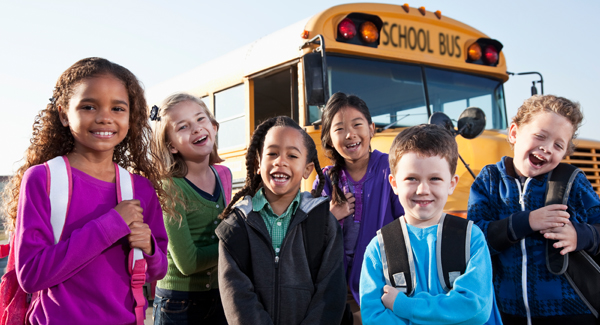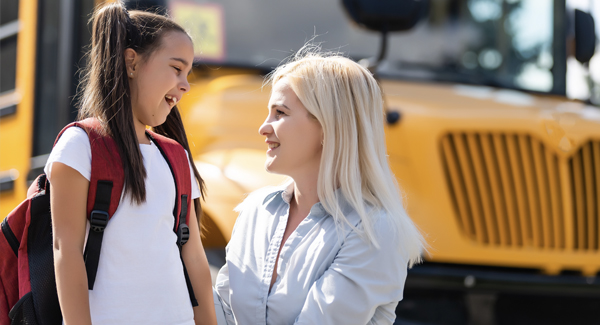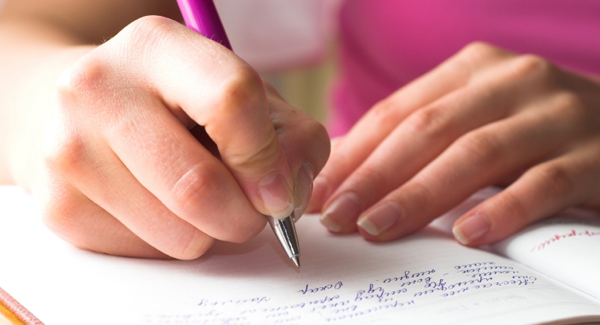Back to School Safety Checklist During COVID-19
Certain safety protocols may be more important for reopening schools during the coronavirus than others. Learn what they are to help decide what’s right for your child.
Despite the highly contagious Delta and Omicron variants of the coronavirus surging and cases of COVID-19 continuing to rise, school districts across the nation are reopening, leaving parents wondering just how safe it is to send their kids to school — especially those with juvenile arthritis (JA) or another rheumatic disease.
Ensuring that everyone who is eligible is vaccinated would be the best way to make schools as safe as possible from COVID-19. However, children under 12 are not yet eligible for vaccinations, vaccination rates are low among children over 12, and even many adults who are eligible have not been vaccinated.
While occasional breakthrough infections occur in vaccinated people, they tend to be mild cases, but they are still contagious. So, the spread continues, which raises the risks of children in school being exposed to the virus. It’s important, therefore, to take multiple other protective measures.
There is no zero-risk situation when it comes to reopening schools, no matter how extensive the safety protocols, says David Cennimo, MD, associate professor of medicine and pediatrics in the infectious diseases division at Rutgers New Jersey Medical School. It’s not a matter of if, but when, exposures will happen, he says.
This list, which includes specific guidance from the CDC as well as Dr. Cennimo’s input, can help you assess the quality of the safety protocols in your school district.
Conditions differ widely throughout the country: Some communities have relatively high vaccination rates and low spread, while others have high numbers of COVID-19 cases and low vaccination rates. Similarly, some schools have substantial protection and prevention measures in place while others do not. The precautions you take for your child should be shaped by conditions in your own community and schools.
It’s important to remember that each protocol has value and using layers, or multiple types, of protection adds to the overall safety of your child and their environment.
Ask your child’s school or school district for its plans regarding COVID-19.
School leaders are not allowed to disclose teachers’ and other workers’ health records, including vaccination status. Individual teachers can disclose it if they choose. “A parent can ask their child’s teacher, but the teacher also has the right not to answer,” says Stacie Kershner, associate director of the Center for Law, Health and Society at Georgia State University.
Find out, too, what protocols are in place for notifying the school community or class if an individual tests positive. “Schools should notify parents if their child has been in close contact with someone who was positive, but schools must protect the privacy of the person who has tested positive,” Kershner says.
In certain cases, a parent may consider requesting protective measures for the child under an IEP or 504 plan, such as not placing the child with an unvaccinated teacher. However, that will not protect the child from other students who are unvaccinated or who might not be able to wear a mask, adds Kershner.
Ideally, your child’s school district has a comprehensive plan that covers all the following points.
- Vaccination education and encouragement provided for faculty, staff, eligible students and families
- Accessible and convenient opportunities to receive vaccinations
- Maintaining COVID-19 vaccination records, as with other required vaccinations, for school workers and eligible students
- Notification of parents, guardian and/or emergency contact if their child has been in contact with someone who tests positive for COVID
- Coronavirus testing protocols to identify positive cases and required quarantine of those who have been exposed
- Requirements and policies that make it easy for students, teachers or staff (and potential visitors) to stay home when they are sick with COVID, flu or any other infectious disease
- Masks required indoors and on public transportation, like buses, for all students ages 2 and older and for adults, including those who are vaccinated
- Masks provided to those who don’t have one
- Masks must fit snugly without gaps, cover nose and mouth, and have two or more layers
- Maintaining at least six feet of distance, especially with unvaccinated people
- Reduced class sizes or dividing students into small “pods,” or “cohorts,” to limit interaction with other students and/or unvaccinated adults for the full day
- Adequate building ventilation, such as open windows or HVAC systems with appropriate filtration
- Physical barriers, such as sneeze guards and partitions, in areas where it is difficult for individuals to remain at least six feet apart (e.g., reception desks)
- Maximize physical space in meal lines and when eating, and expanding to outdoor seating and larger indoor spaces when possible
- Monitoring coughing and sneezing etiquette (covering mouth and nose and washing hands) to reduce spread
- Daily cleaning and regular disinfecting policies
- Protocols for regular handwashing and/or designated sanitizing stations
- Physical distance and masks for indoor sports and events; outdoor events may be safer except when participants are in sustained close physical proximity
For more information about evaluating the safety risks of sending your child back to school, read Dr. Cennimo's response here.
Coronavirus Updates
Sign up today for email updates on coronavirus and arthritis.



